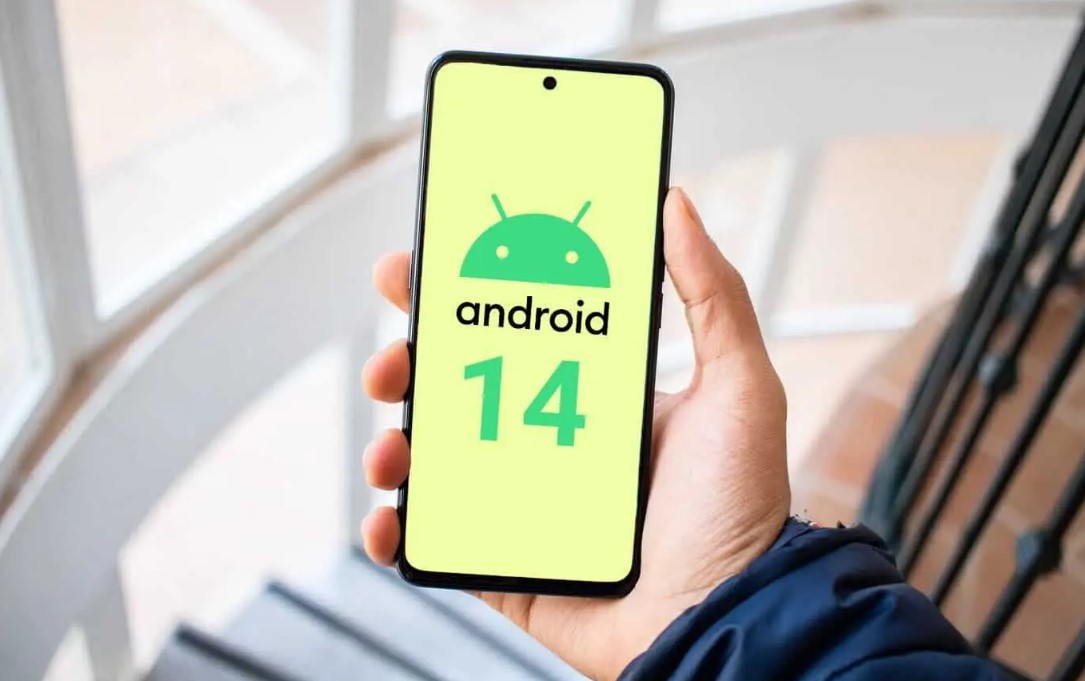Once you have Xposed Framework and GravityBox installed, you can do a lot to customize your smartphone or tablet. Some people dislike having the brightness slider sitting at the top of the Quick Settings panel so today I want to show you how easy it is to get rid of it.
We’ve been talking a lot about things that we can do with Xposed Framework lately. A recent tutorial I wrote showed you how to swipe the Status Bar to adjust the brightness of the display. This gesture is much quicker and more convenient than swiping down from the top of the screen twice (or doing a two finger swipe down gesture).
So if you’re getting used to this swipe gesture on the Status Bar then you likely don’t need the brightness slider to sit in the Quick Settings panel either.
Depending on which phone you have and which version of Android you’re running, the brightness slider could be in a number of different locations within the Status Bar. On Android 8.1 with my Google Pixel 2 XL, it’s at the very top right under the status bar. With LineageOS 14.1 on my OnePlus 3T it’s pushed further down the Quick Settings panel with things like the date, time, edit tiles and Android settings icons there for quick access.
Still, if you’re using the Status Bar gesture for controlling the display brightness then feel free to remove the brightness slider from the Quick Settings panel altogether.
Remove Brightness Slider
- Launch the GravityBox application
- Tap the Statusbar Tweaks option toward the top
- Tap the QuickSettings Management option
- Enable the Master Switch and reboot (if you haven’t already)
- Scroll down the page of this QuickSettings Management section
- Then toggle on the Hide Brightness Slider option toward the bottom.
Explanation
I absolutely love Android because of all the ways that I can customize the user interface and I hope these mods continue forever because they’re simply fun to play and experiment with. If you’re unfamiliar with the gesture that lets you control the display brightness by swiping left or right across the Status Bar, then check the tutorial I linked to earlier. It’s a simple feature that can be enabled in GravityBox and it takes little time to get used to the new gesture.
If you enjoy using this gesture to control the Status Bar, then you likely don’t need the brightness slider sitting in the Quick Settings panel. At least that how it is for me since I like Android to be as clean and minimalistic as possible. So this time we’re going to be diving back into GravityBox and then tapping on the Statusbar Tweaks option. From here you’ll want to look toward the top and tap on the QuickSettings Management option.


If you haven’t been in here yet, you’ll notice that all of the options are grayed out. If that’s the case for you, you’ll need to enable the Master Switch toggle and then reboot your smartphone or tablet. If you’ve already done that though, then go ahead and start scrolling down to the bottom of the screen. Close to the bottom you’ll find another toggle option labeled Hide Brightness Slider. This will be disabled by default so tapping it will enable it.
Just like with some of the other settings within GravityBox, as soon as you hide the brightness slider with this feature, it’s instantly gone. So from the application you can swipe down from the top of the display twice to reveal the Quick Settings panel. If everything went according to plan, then you’ll notice the brightness slider is no longer there. You’ll still be able to ue the gesture to control the brightness of the display so don’t worry about that. This will just remove some clutter from the Quick Settings panel so you can display more tiles or more notifications.



